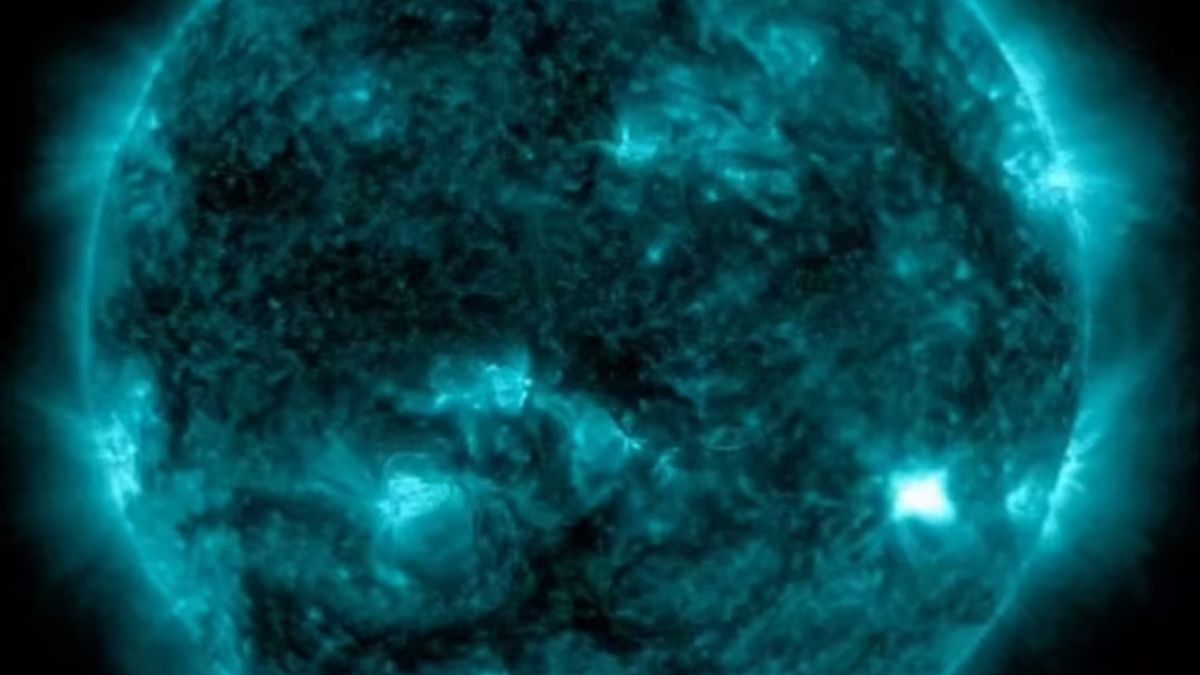JAKARTA - A strong mysterious shock wave emanating from the Sun hit Earth this week, causing damage to the planet's protective magnetosphere.
The magnetosphere is a shield created by magnetic fields, useful to protect Earth from harmful radiation.
The source of the shock wave is unknown, but astronomers believe it originated from an energetic and highly magnetic superheat gas ejection, released from the Sun known as Coronal Mass Ecjection (CME).
This crack may remain open for hours, causing some solar material to disrupt satellites, radio communications, and power systems.
The ejection may have come from the AR3165 sunspot, which launched at least eight solar flares into space on December 14, causing power outages over the Atlantic Ocean.
NASA's Solar Dynamics Observatory, a probe studying the Sun and Earth, captured an eruption from a sunspot, a cooler dark region than any other surface that fires plasma flows, one by one.
The bright light can be seen coming from sunspots, a possible cause that sends shock waves to Earth.
Once launched, the CME is moving at a speed of millions of miles per hour, sweeping charged particles from the solar wind to form the face of a giant combined wave that (if it leads to Earth) can trigger geomagnetic storms.
The Earth's magnetosphere lies in its magnetic field, which stretches thousands of miles into space and its magnetic power affects everything, from global communications to animal migration and weather patterns.
Astronomers say with magnetosphere cracks, geomagnetic storms will arrive today. Geomagnetic storms are a significant disruption to Earth's magnetosphere that occurs when there is an energy exchange from the solar wind into the space environment around Earth.
The good news is, if that happens, it is likely only a G1 class geomagnetic storm, namely the weakest classification. Launching DailyMail and Metro, Wednesday, December 21, the Sun has experienced increased activity throughout this year, after releasing the strongest solar flare in five years in April.
The Earth's parent star appears to be entering an active period of its 11-year activity cycle starting in 2019. Astronomers believe this may peak in 2025 before the Sun begins to calm down again.
The English, Chinese, Japanese, Arabic, and French versions are automatically generated by the AI. So there may still be inaccuracies in translating, please always see Indonesian as our main language. (system supported by DigitalSiber.id)













